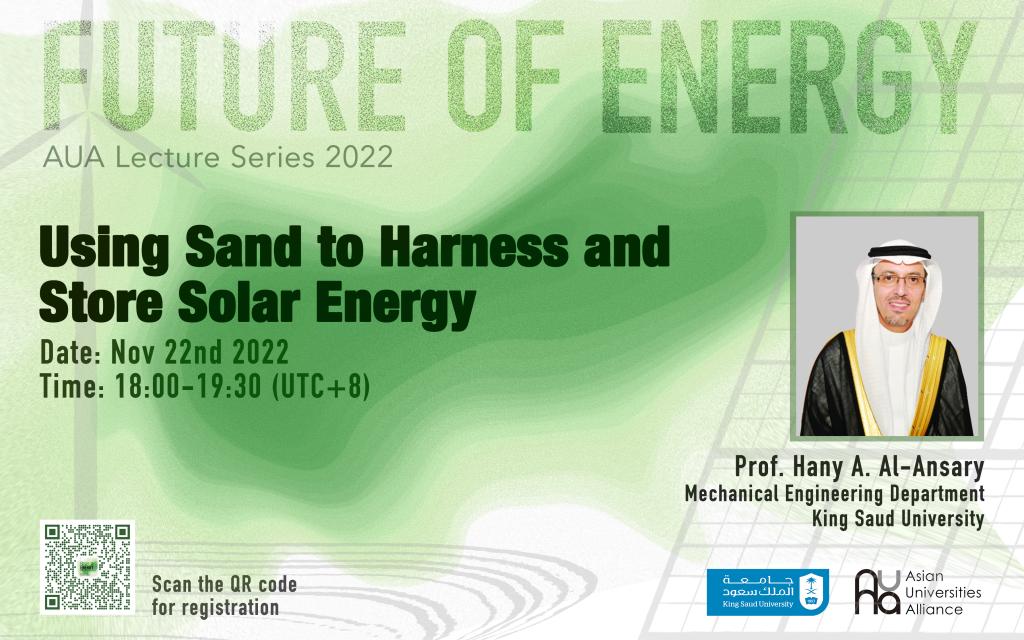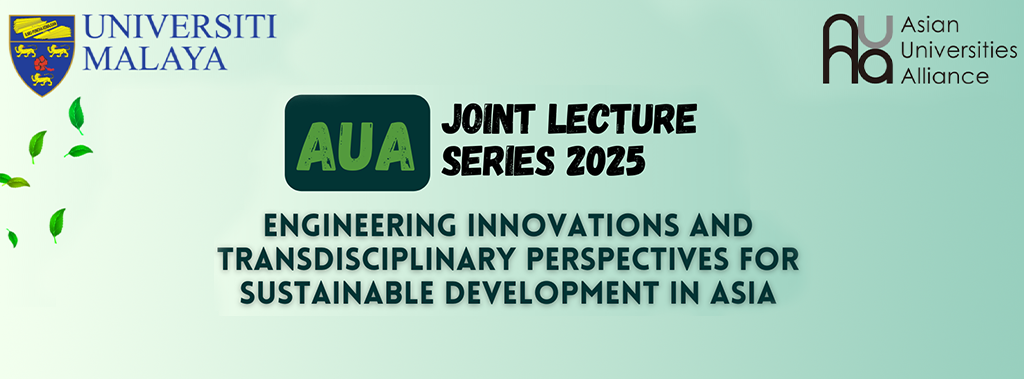
Theme:
Using Sand to Harness and Store Solar Energy
Professor: Prof. Hany A. Al-Ansary, Mechanical Engineering Department, King Saud University
Date: 22 November 2022 (Tuesday)
Time: 18:00-19:30 (UTC+8)
Summary:
In the lecture entitled “Using Sand to Harness and Store Solar Energy,” Professor Hany A. Al-Ansary first introduced Concentrating Solar Power (CSP) – a method to exploit thermal energy and discussed its advantages and disadvantages. To make further improvements and eliminate the disadvantages, he introduced Particle-based CSP. Its merits, including high operating temperature limit and low cost, aroused great interest worldwide.
Subsequently, Professor Al-Ansary explicitly introduced the hybrid solar-air-Brayton system with particle receiver, a CSP system invented by King Saud University. He indicated that the team had spent 12 years working on the project. He also separately depicted every stage of the designing process. Furthermore, as an experiment to employ an integrated solid system, this particle-based CSP program won the competition and got funded by the US Department of Energy in 2017.
In addition, Professor Al-Ansary presented the plan of his team. According to their strategy, they will start preparing for utility-scale deployment after a pre-commercial plant is completed.
Finally, Professor Al-Ansary presented the techno-economic analysis for particle-based CSP’s power generation. Based on the rigorous measurements, he concluded that the system is very competitive with all fossil fuels (at market price), making it possible for countries worldwide to adopt and develop it.
(The summary is written by student assistant WU Xiaoke.)
*The views and opinions expressed in this lecture series are those of the guest lecturers. They do not purport to reflect the opinions or views of the AUA or its members or its Secretariat.
Live-streaming Link: https://live.eeo.cn/pc.html?lessonKey=f00880e26dfbfaef

